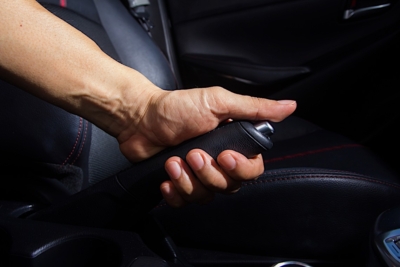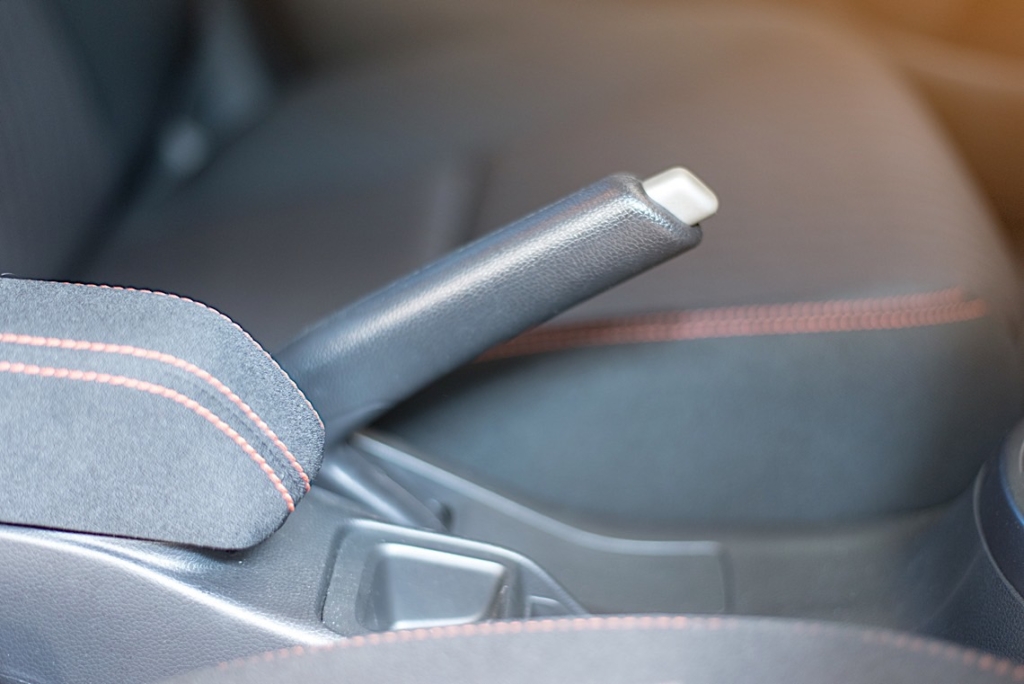
Recently, I heard a driver say, “I don’t need to have the parking brake fixed, I don’t live in an area with steep hills.” The driver did not understand the lever in the center console was not just for parking. A shop who inspected the vehicle recommended the two rear brake cables and equalizer bar be replaced to restore the operation of the emergency braking system. She did not want to put money into a repair if it could be avoided or labeled as an “optional” piece of equipment
.
It is a universal requirement that almost every vehicle has a mechanical method of actuating at least two brakes on a vehicle if the hydraulic brakes have failed. It is also why when the emergency brake is engaged the brake warning light comes on in the dash. This is why it should be called an emergency brake and NOT a parking brake. The parking feature for the emergency brake system is a secondary benefit of the system, not its primary function. To call it just a “parking brake” diminishes the importance of the system.
If the emergency brake system is not working or out of adjustment, it is a significant safety problem. If the hydraulic system has a leak, the emergency brake can bring the vehicle to a safe stop. Without a functioning emergency brake, the driver might as well try scrub speed off by dragging their feet out the door or hitting obstacles like curbs and walls.
If you drive a car without the emergency brake working, it is like jumping out of a plane without a parachute. If you are a technician and not inspecting the emergency brake every time a car is brought into your bay, you are putting yourself and the customer into harm’s way. Remember this, when you are writing up your inspection notes, call it an emergency brake and not a parking brake. Calling it by any other name would be like calling a seatbelt a “passenger retention device” or an airbag a “crash pillow.”
